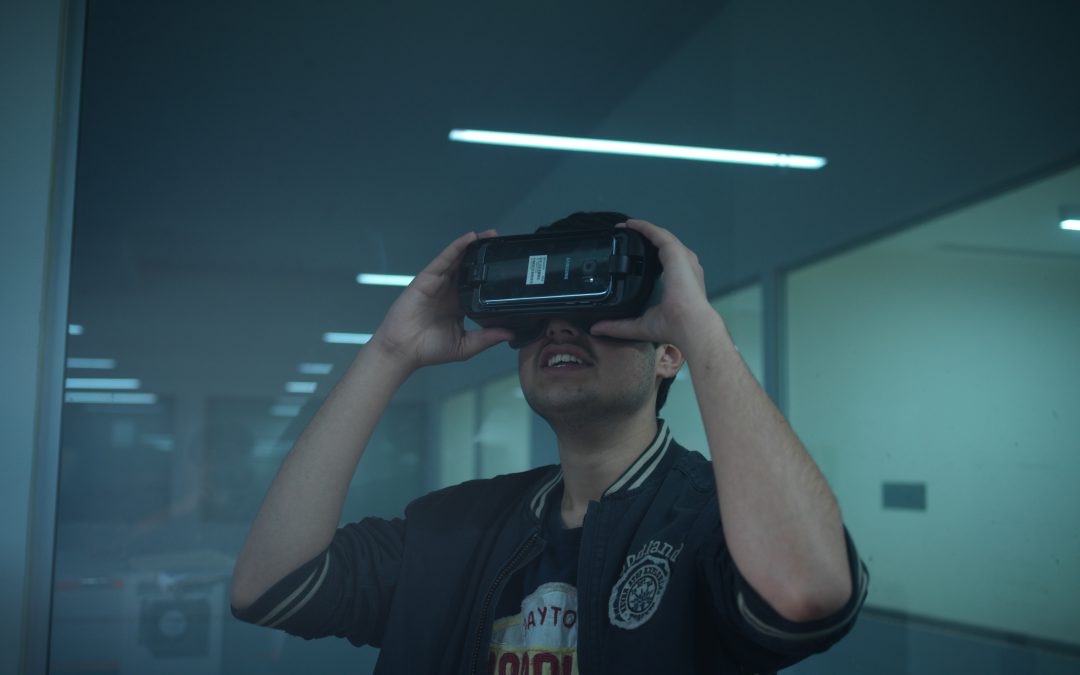Unemployment, underemployment, demand for a skilled workforce and scaling new economic heights are the biggest challenges facing India today. In this backdrop, an overhaul of the existing education system as indicated in the Indian Government’s latest Union Budget could have a far-reaching impact on the future. With investment in design, innovation and technical expertise fueling creative industries, India can seamlessly reach its goal of becoming a $5 trillion economy in the next few years. ‘Design in India’ is the next logical step to Make in India and Digital India.
Over the years, our education system has undergone sustained reform. Yet, on an international scale, India is still lagging behind. Students have given dismal performances in general aptitude tests. This disturbing revelation was a part of the India Skill Report 2018, published by Wheebox. It further adds that unemployment across educational sectors is 54.4 per cent. Basic skills are lacking and both industry and recruiters are a worried lot today. Clearly, there is a huge gap. This is a consequence of outdated curriculums, lacklustre pedagogies, ill-equipped faculty and a lack of real engagement between industry and educators.
As a seasoned academician of Pearl Academy, I’ve personally witnessed the power of design education. Pearl’s entire curriculum is crafted to help students understand their individual potential and align themselves with the future needs of the industry. In order to empower students to contribute and create and not just follow instructions, there is a focus on speculation, experimentation and collaboration with the industry. We constantly engage with the world’s leading academics and technology to keep abreast of best practices. Recruiters often comment on the energy and enterprise of our students, their ability to see things differently and get things done. This clearly is an outcome of the experience that they have been through and the learning that they have had. These methods could be incorporated in initiatives of the New Education Policy.
In today’s digital age, the New National Education Policy aims to transform the Indian education system with major changes in higher education and schools and holds immense potential. It’s a welcome step in the right direction. There is an increased focus on research and new learning. In parallel, one needs to create teachers as the tools of change. Teaching cannot be restricted to the classrooms. The walls must fall. How? Make experiential and immersive learning an integral part of school and college curriculums. Look beyond theory and the practice of learning by rote.

Here is what can be done to boost the government’s plans:
I. DESIGN IN INDIA: Unleashing the Power of the Creative Industries
In the age of Google, Instagram, Medium and data automation, today, youngsters are more informed. Creativity, curiosity, innovation, collaboration, empathy, risk-taking and learning from failures should be top learnings in schools and universities. It is important to integrate classrooms with external environments in order to solve real-world problems. This will further boost the creative industries, creative economy and contribute to the nation’s prosperity.
The creative industry employs close to 4 million people and contributes 2.8 per cent to India’s GDP. Bringing in design research, design, design thinking can create magic. As the government prepares to launch higher institutes of learning, Design and Creativity could be the game changer that will make these initiatives fly.
II. DESIGN IN INDIA: Beyond the Creative Industries.
The creative industries are a critical tool for innovation because of their implementation in multiple other industries, thereby synergizing with other sectors. This sector is strategically important to boost employment, productivity, and sustainable economic growth based on communication, care and community inclusion — the key tenets of nation-building.
One can no longer work in silos. The government has to look at working together with Design and Design Thinkers to really create products and ideas that have the customer, the community and the environment at the centre.
III. DESIGN IN INDIA: Educators as Partners, Design thinking and creativity at the core
The above growth hacks will only be possible if key changes are made in Education and the approach of Faculty. Instead of academic speciality, today’s situation demands that a good teacher should be inspiring, provocative, motivating and most importantly, encourage students to push boundaries.
After all, it’s not just information but also attitude & life skills that mentors/teachers impart that will carry young designers through their life and work.
The National Education Policy has the potential to transform India’s higher education and match global standards. Integrating design and creativity and research will allow for a growth hack of the economy. This, along with schemes like Aspire and SFURTI and integration with technology, AI, data will be the change that we want to see.
DESIGN FACTS:
A recent UNCTAD report indicates Global trade in creative goods is expanding with average export growth rates of more than 7%.
Design and visual arts are among the highest performing sectors with fashion, interior design and jewelry accounting for 54% of creative goods exports.
India featured in top 10 performing developing economies stimulating global trade in creative goods.
A World Bank study indicates India has fewer R&D professionals per million people than most nations: 890 in China, 3,838 in the U.S., 710 in Brazil, 3,950 in Germany, and 5,151 in Japan.
SOURCES:
https://wheebox.com/india-skills-report-2018.htm
https://unctad.org/en/pages/PressRelease.aspx?OriginalVersionID=499
As first appeared on Medium.











